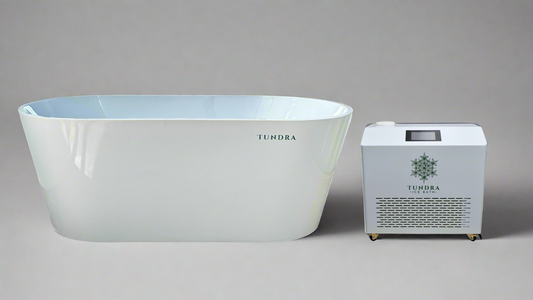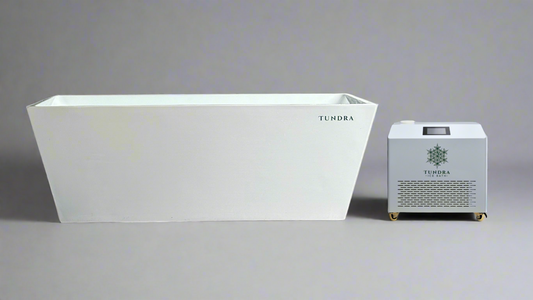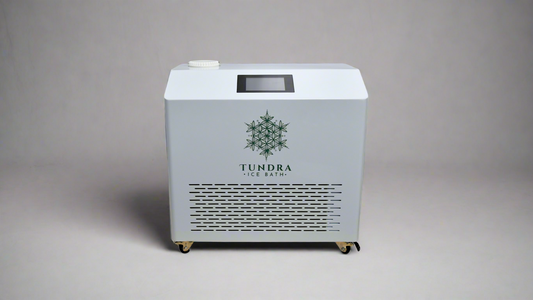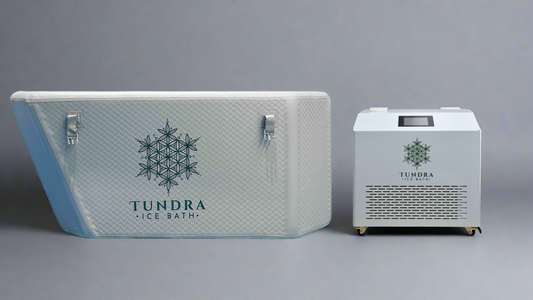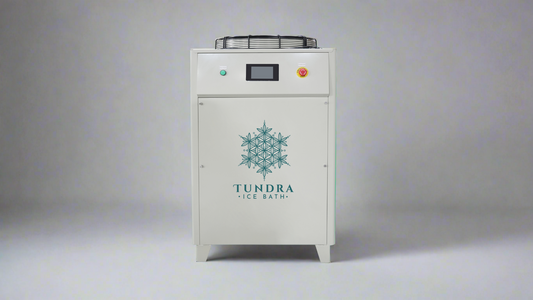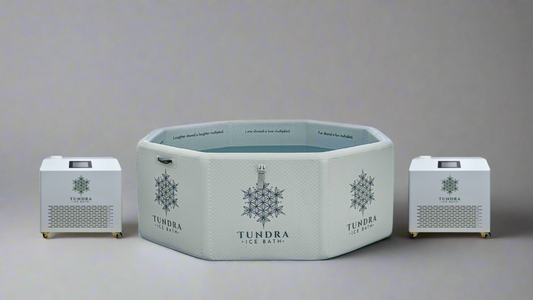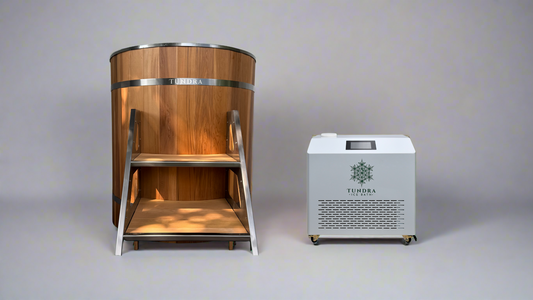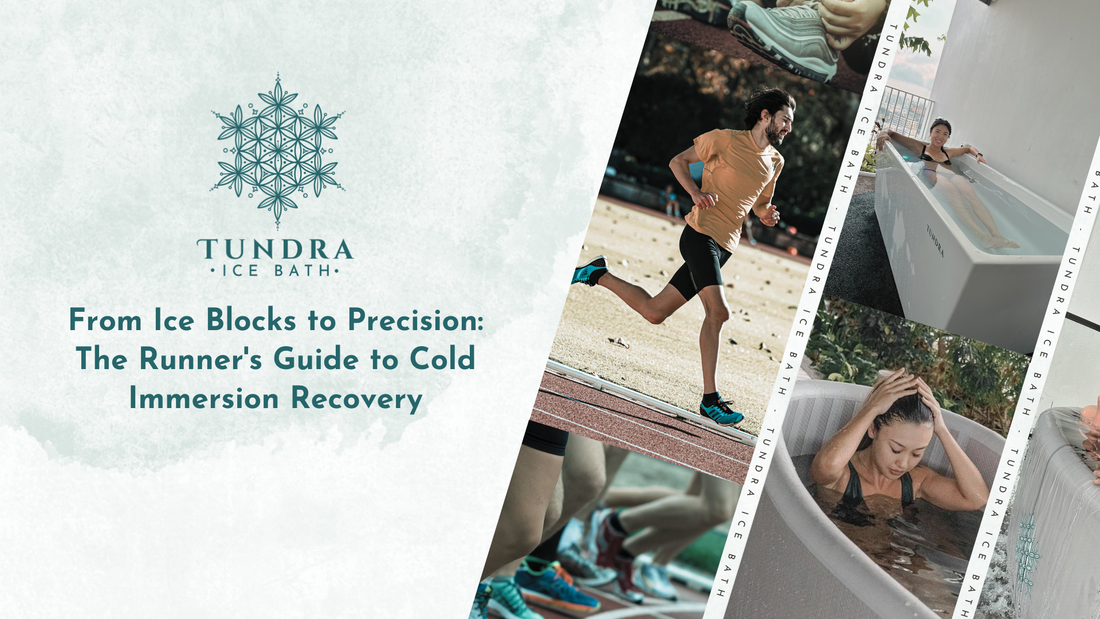
From Ice Blocks to Precision: The Runner's Guide to Cold Immersion Recovery
Share
The Genesis: Runners and The Ancient Rituals
The tapestry of history reveals fascinating tales of Olympic runners from ancient civilizations, turning to nature's icy reservoirs post-race. The quest for recovery isn't modern; it's time-tested and athlete-approved.
Cold Immersion: The Scientific Rationale Every Athlete Should Know
Cold waters don’t just soothe, they scientifically heal:

- Fighting Inflammation: Post-race or an intense training session, inflammation can be an athlete's nemesis. Cold immersion keeps this foe at bay, ensuring muscles recover without excessive soreness.
-
Lactic Acid's Last Stand: Every sprint, every marathon accumulates lactic acid in the runner's muscles. Cold immersion helps to minimize this build-up, re-energizing the legs for the next race day.
The Modern Track: Precision Temperature Control with TUNDRA Borealis
We're in an era where athletes and runners aren't left guessing:

- Temperature Tailoring: Gone are the days of runners plunging into unpredictable icy waters. With TUNDRA Borealis, athletes can pinpoint their perfect recovery temperature, ranging from 3-42 degrees.
- Consistency is Key: Especially for runners, where every step counts. Ensuring a consistent recovery temperature after every run can be game-changing.
Cold Immersion and Stretching: A Synergistic Routine for Runners
Every runner knows that a routine combining diverse recovery strategies yields the best results. Here’s a routine marrying cold immersion and stretching that athletes can consider:
-
Post-Run Plunge: Begin with a session in the TUNDRA Borealis at your tailored temperature for about 15-20 minutes. This initial phase helps to immediately address muscle soreness and inflammation.
-
Targeted Stretches:
 After the plunge, focus on static stretches targeting the muscle groups worked most during your run. Hold each stretch for at least 30 seconds to maximize benefits.
After the plunge, focus on static stretches targeting the muscle groups worked most during your run. Hold each stretch for at least 30 seconds to maximize benefits.
- Hydrate and Refuel: Never underestimate the importance of replenishing fluids and nutrients post-recovery. A balanced meal and ample hydration are crucial.
- Consistency and Adaptation: Adapt this routine according to your body’s responses and maintain consistency for optimal benefits.
Athlete Inquiries: Cold Immersion Deep Dive
-
What's the optimum temperature for post-run recovery?
Research typically champions 10-15°C. Yet, with devices like TUNDRA Borealis, runners have the flexibility to determine their ideal range. -
How does TUNDRA Borealis enhance an athlete's recovery experience?
Precision. No more guesswork. It's the predictable, precise recovery solution athletes have awaited. -
Any golden rules for cold immersion novices?
Always ease into it. Like any training regimen, it's pivotal to start slow and seek guidance when in doubt.
The Final Sprint: Gazing Ahead in Athletic Recovery
With tools like the TUNDRA Borealis, we're just skimming the potential of athletic recovery. As science and technology race ahead, runners can expect even more tailored, effective, and revolutionary recovery tools on the horizon.


